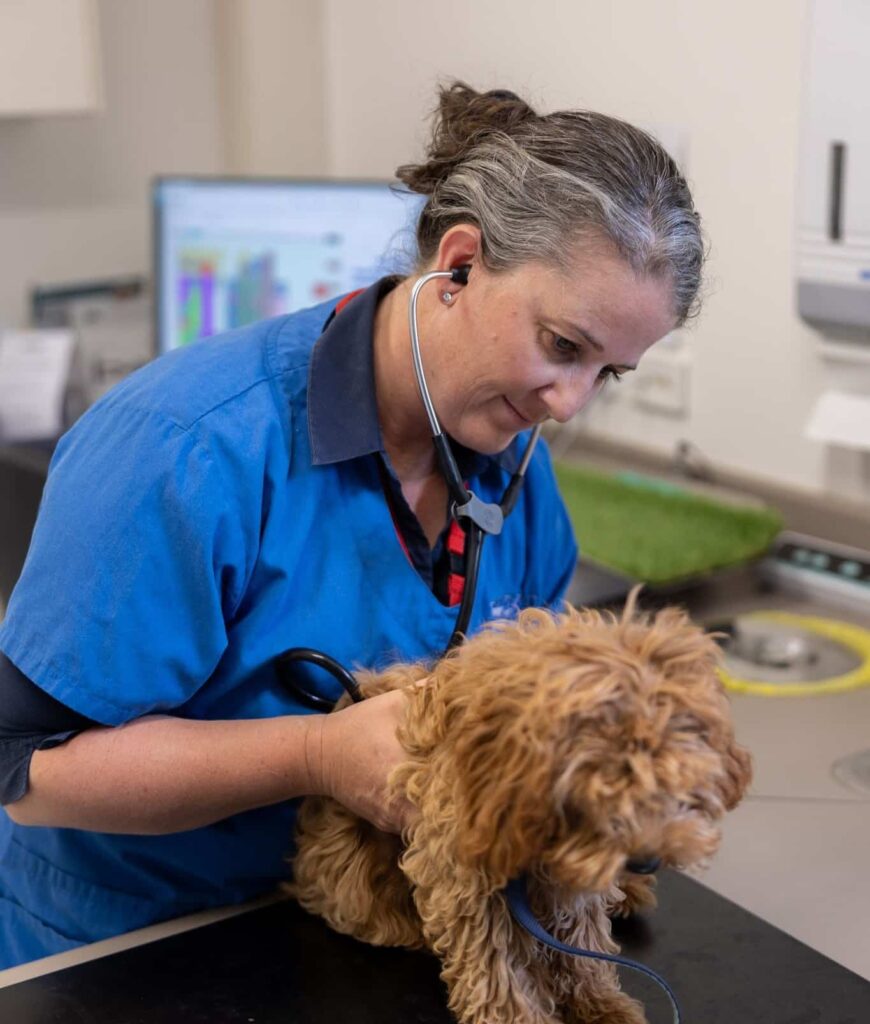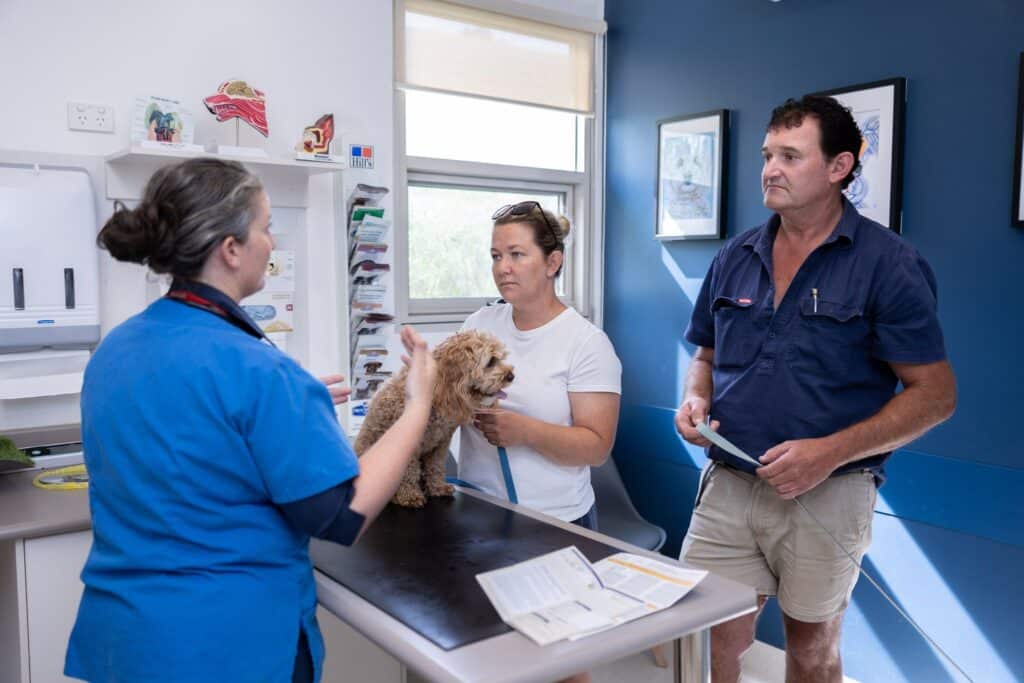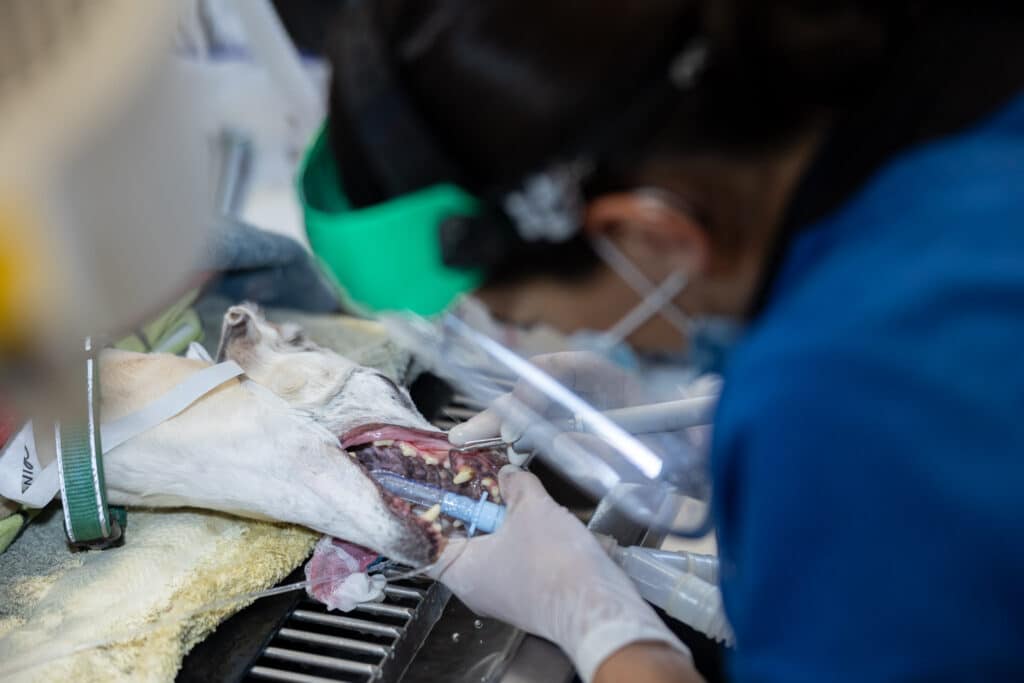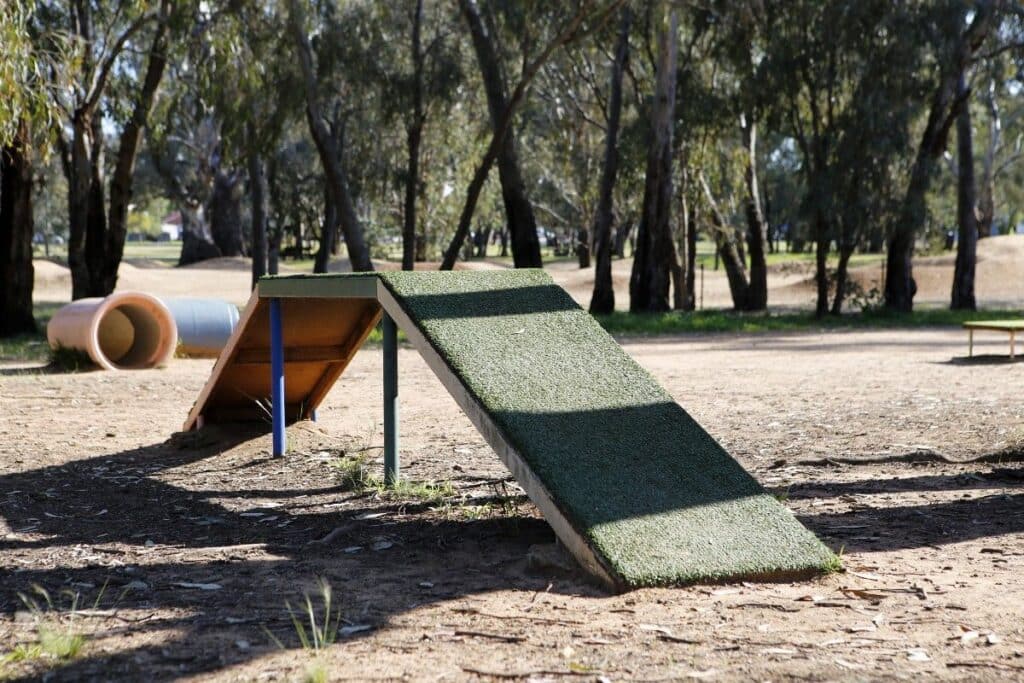Please note that this information is specific to dogs and does not directly apply to cats and does not replace individual information discussed with your veterinarian.
To desex or not to desex… that is the question. As more information become available in the veterinary world, we have a better understanding on how to best guide pet guardians on how to take care of their pets. Relatively recently there has been more research into desexing (also known as neutering, speying and castrating). Desexing is now recommended on a case-by-case basis and will depend on the individual circumstances of the animal and its family.
Castration is the surgical process of removing the testicles. Speying is removal of uterus and traditional the ovaries as well. There are several pros and cons to de-sexing, along with different procedures and these have their own set of pros and cons. Below is a summary of the recent studies surrounding the advantages and disadvantages of desexing.
COUNCILS – NSW councils require dogs to be council registered by 12 weeks of age. If dogs are not desexed by 6 months, then additional registration fees apply. Please contact your local council for more information. Large breed dogs and those with specific medical recommendations may have this registration threshold increased to 18 months with veterinary certification, before additional fees apply.
Pros of Desexing
Males
- Castration reduces the risk of testicular tumours
- Castration reduces the risk of benign prostatic hyperplasia, chronic prostatitis, perianal adenomas and perianal hernias.
Females
- Ovariohysterectomy (spey) may reduce the risk of mammary cancer. The reduction in risk seems to be small and some breeds are more prone to mammary cancer than others
- Ovariohysterectomy reduces the risk of ovarian neoplasia, uterine neoplasia and vaginal tumours
- Ovariohysterectomy prevents pyometra, metritis and ovarian cysts as well as problems associated with pregnancy and parturition. Some breeds are more prone to pyometra.
Both Males and Females
- Desexing has been associated with an overall increase in life span, due to decreased mortality associated with trauma and infectious disease, in some studies
- Desexing reduces the risk of transmissible venereal tumours, a sexually transmitted disease.
Cons of Desexing
Males
- There is an increased risk of prostatic cancer.
Females
- There is an increased risk of urinary incontinence in some breeds.
Male and Female
- There is an increased risk of obesity
- There is an increased risk of joint disease if desexed prior to skeletal maturity (for example cruciate ligament disease (ACL), elbow dysplasia and hip dysplasia) in some breeds, especially larger breeds when desexing is performed prior to skeletal maturity.
- There is an increased risk of cancers in some breeds. The risk is sometimes reduced when desexing is performed beyond a certain age. These factors (i.e. risk and age at desex) vary between breeds
- Desexing is associated with an increase in life expectancy due to decrease in trauma and infectious diseases
We recommend discussing any queries with your veterinarian to determine which option will serve you and your pet best.
Credits: Original information credited to Dr Abbie Tippler www.drabbietippler.com







